Anhydrous ammonia (NH3) is the perfect example of something that's commonly found in agriculture, but is also really dangerous. Because it's so common, people grow very comfortable using and being around it and forget that it's a hazardous chemical.
Anhydrous ammonia causes serious injuries, like severe frostbite, serious burns, blindness, suffocation or lung damage, and even death, all in a matter of seconds. Many injuries can be avoided by properly handling the product and respecting it each and every time you work with it. Personal protection is the responsibility of the employer and the employee.
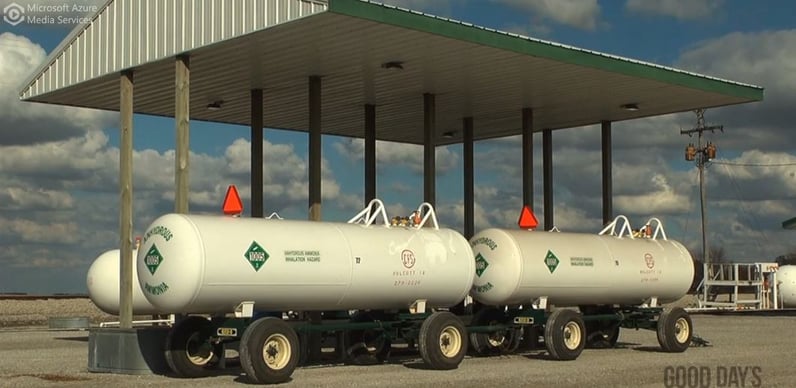
Training is Key
Before anyone begins to work around or with anhydrous ammonia, review your employee roster and see who has been trained and who has not. It is commonly reported that injuries of all types are more prevalent with first year employees. Don’t assume they’ve had adequate training, be absolutely sure. Even if employees aren't directly involved with anhydrous, they should still be trained because they should know how to respond in case of an emergency. The hazardous nature of working with anhydrous ammonia leaves very little room for error, especially for those who don’t understand the hazards.
Anhydrous is safe when handled by properly trained and careful individuals. When transported or stored under pressure, anhydrous is a liquid. When released into the atmosphere it rapidly converts to a vapor. At its boiling or vaporizing temperature, NH3 will freeze and dehydrate anything it comes in contact with.
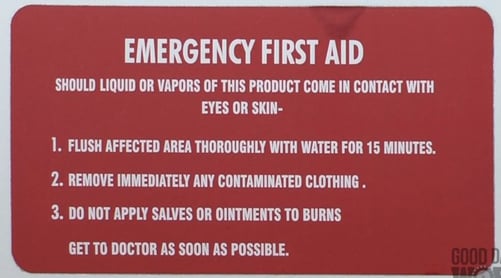
Water, Water, Water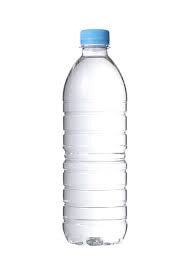
Anhydrous means "without water", so anhydrous ammonia immediately seeks water when released into the atmosphere. It will pull out the water molecules in your soft tissue, causing the severe injuries previously mentioned. When a person is exposed to ammonia, water is the only first aid that should be used to treat ammonia injuries. That is why water should be readily available at every step of handling ammonia.
Map out in your mind the route of travel to water in the case of emergency. This is especially important if your eyes are exposed to the chemical, because the burn will force them shut, making it difficult to find your way to water.
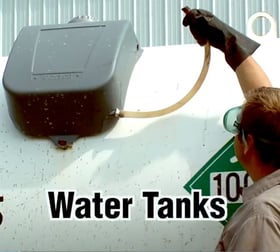 Remember: Water, water and more water may mean the difference between a minor or major injury. At the filling site, at least 150 gallons of water in an open top container or a deluge shower must be accessible at all ammonia handling operations. Each nurse tank will be outfitted with 5 gallons of water. It is suggested that 5 gallons of water be stored on the applicator tractor in case the person can’t reach the water on the nurse tank. In addition, it is recommended a person carry a 16 ounce bottle of water on them at all times.
Remember: Water, water and more water may mean the difference between a minor or major injury. At the filling site, at least 150 gallons of water in an open top container or a deluge shower must be accessible at all ammonia handling operations. Each nurse tank will be outfitted with 5 gallons of water. It is suggested that 5 gallons of water be stored on the applicator tractor in case the person can’t reach the water on the nurse tank. In addition, it is recommended a person carry a 16 ounce bottle of water on them at all times.
Cover Up with PPE
As we've mentioned, any exposure or contact with NH3 will result in serious consequences, so personal protection equipment (PPE) is of the utmost importance. Cover everything you can, and do not take shortcuts or remove your PPE. Below is a list of all the PPE you should wear when working with anhydrous ammonia.
- Ventless, tight-fitting goggles and full-face shield
- Respirator device rated for protection against fumes
- Loose rubber gloves with long cuffs that can be rolled up to catch any liquid ammonia that drips down your arm
- A heavy, long-sleeved shirt
- Heavy denim pants or coveralls
- Rubber boots
- Contact lenses should not be worn, as ammonia can become trapped between the lenses and your eye, causing significant damage before the lenses can be removed
Inspection Is Necessary
Before leaving the yard, do a complete inspection of the nurse tank. Before any nurse or applicator tank is used, it should be inspected thoroughly for any defective equipment. Hoses are considered the weakest link in ammonia handling systems and should be checked carefully. Similarly all valves and couplers should be che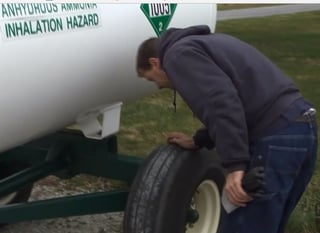 cked and tagged and taken out of service if found to be defective.
cked and tagged and taken out of service if found to be defective.
Other points of inspection include:
- Tires – check for proper inflation and tread
- Running gear – this includes the wagon frame tongue, anchor devices, wheel bearings, ball joints, and pins
- Warning lights – tanks should be equipped with turn signals, flashing warning lights, and red brake lights, all of which should be in proper working condition
- Safety signage – tanks should display the proper safety markings, including a slow-moving vehicle sign, the words Anhydrous Ammonia on both sides and rear of the tank, Inhalation Hazard on both sides of the tank, and a Department of Transportation placard number 1005 sign on front, back and sides
- Water tanks – each anhydrous tank should be equipped with emergency first aid water tank that have been filled with clean water for treatment in the event the chemical comes into contact with your skin
Nurse Tank Safety
Always use an approved hitch pin with a safety clip when attaching a nurse tank to a towing vehicle. Two safety chains should always be used and correctly crossed under the tongue and
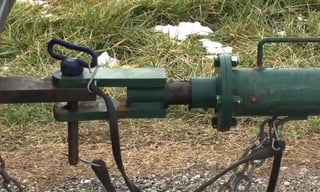
attached to a properly rated hitch on the towing vehicle. The chains should be short enough to keep the tongue from touching the ground and strong enough to tow the load. A nurse tank should never leave the bulk plant without the proper equipment: googles and gloves described above, 5-gallon container of fresh water, 16 oz personal eye wash bottle, proper markings, placards and slow-moving vehicle sign. Make yourself aware of the wind direction so that you may always keep yourself upwind of a potential release.
When transporting the nurse tank be aware of the load you are transporting. Nurse tanks can range up to 12, 000 lbs. and you’ll need plenty of stopping distance to stop larger loads. You should be driving no faster than 25 mph, as this is usually the maximum tire rating and the tank is considered a slow-moving vehicle. Once the nurse tank is pulled onto public roadways, it falls under the regulatory authority of state and federal DOT laws. You must come to a complete stop prior to crossing all railroad tracks. A maximum of two nurse tanks can be pulled behind any vehicle at one time.
Always park the nurse tank on level ground and close enough to the filling station to minimize the stretching or bending of the hose. Chock the wheels and set the parking brake. Tank should never be filled beyond 85% of its water gallon capacity. Never park the nurse tank near a house, building or near livestock.

Conclusion
You can never be too comfortable with anhydrous ammonia. It's a hazardous chemical that can cause life threatening injuries. Before applying this season, evaluate whether your employees have received proper training. It could literally be the difference between life and death.
Anhydrous Ammonia Standard 1910.111
OSHA FactSheet - Steps to an Effecitve Hazard Communication Program for Employers



